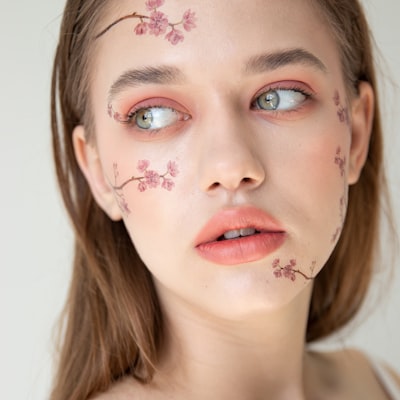Facts About Web design - Wikipedia Uncovered

The Beginner's Guide to Website Design Best Practices

40 Award-Winning Best Website Designs to look in 2022
Unknown Facts About What does a web designer do? - CareerExplorer
If the plug-in does not come pre-installed with most internet browsers, there's a danger that the user will have neither the know how or the persistence to set up a plug-in just to access the content. If the function requires advanced coding language skills, it may be too pricey in either time or cash to code compared to the quantity of enhancement the function will include to the user experience.
Publishing a function that doesn't work dependably is possibly even worse for the user experience than making no effort. It depends on the target audience if it's likely to be required or worth any risks. Progressive improvement The order of progressive enhancement Progressive improvement is a technique in web style that puts focus on web material initially, enabling everyone to access the basic material and functionality of a websites, whilst users with additional internet browser functions or faster Internet access receive the boosted version instead.

Pages' text is packed immediately through the HTML source code instead of having to wait for Java, Script to start and pack the content consequently, which allows content to be legible with minimum filling time and bandwidth, and through text-based web browsers, and makes the most of backwards compatibility. As an example, Media, Wiki-based sites consisting of Wikipedia utilize progressive enhancement, as they stay functional while Java, Script and even CSS is deactivated, as pages' content is consisted of in the page's HTML source code, whereas counter-example Everipedia depends on Java, Script to pack pages' content subsequently; a blank page appears with Java, Script shut off.
For example, a designer might consider whether the site's page design should stay consistent on different pages when designing the layout. Page pixel width might also be thought about vital for aligning items in the layout style. This Is Noteworthy fixed-width sites generally have the exact same set width to match the current most popular browser window, at the present most popular screen resolution, on the present most popular display size.
Little Known Questions About 53 web design tools to help you work smarter in 2022.
Fluid layouts increased in popularity around 2000 to allow the web browser to make user-specific design adjustments to fluid designs based on the information of the reader's screen (window size, typeface size relative to window etc.). They grew as an alternative to HTML-table-based layouts and grid-based design in both page layout design concept and in coding method, however were really slow to be embraced.
